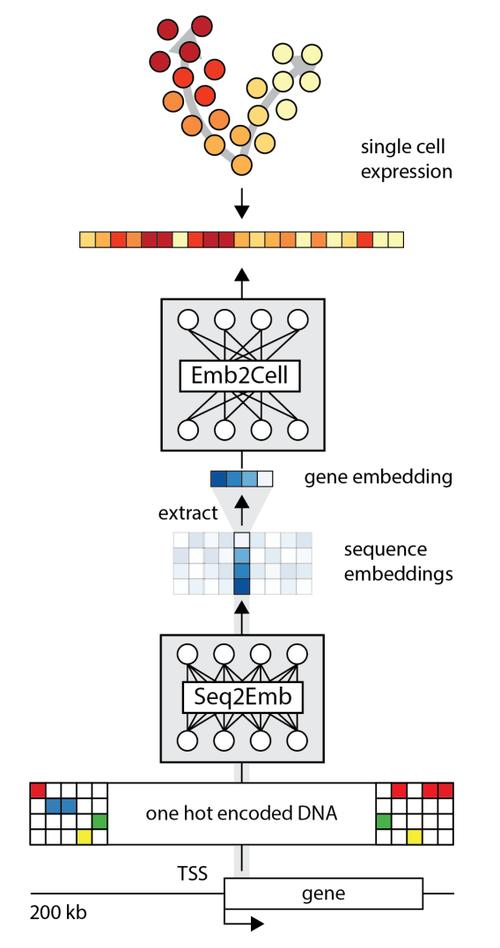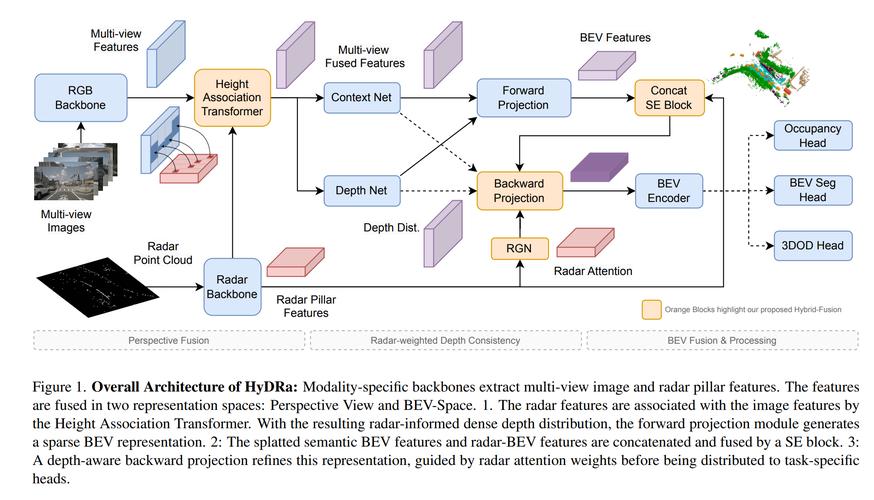
Convert ETH to Polygon: A Comprehensive Guide
Are you looking to convert Ethereum (ETH) to Polygon (MATIC)? If so, you’ve come to the right place. In this detailed guide, we’ll explore the process, benefits, and considerations involved in swapping your ETH for MATIC. Whether you’re a seasoned crypto trader or a beginner, this article will provide you with all the information you need to make an informed decision.
Understanding Ethereum and Polygon
Ethereum is a decentralized platform that enables the creation of smart contracts and decentralized applications (DApps). It’s the second-largest cryptocurrency by market capitalization, after Bitcoin. Ethereum’s native token, ETH, is used to pay for transaction fees and execute smart contracts on the network.

Polygon, on the other hand, is a layer-2 scaling solution built on Ethereum. It aims to improve the scalability, cost, and user experience of Ethereum-based applications. Polygon achieves this by using a proof-of-stake (PoS) consensus mechanism and a unique architecture that allows for high-speed transactions and low fees.
Why Convert ETH to MATIC?
There are several reasons why you might want to convert ETH to MATIC:
-
Reduced transaction fees: Polygon offers significantly lower transaction fees compared to Ethereum, making it more cost-effective for users and developers.
-
Improved scalability: Polygon’s layer-2 solution helps Ethereum handle more transactions per second, reducing congestion and improving network performance.

-
Access to Polygon’s ecosystem: By converting ETH to MATIC, you gain access to a growing ecosystem of DApps, games, and other projects built on Polygon.
How to Convert ETH to MATIC
Converting ETH to MATIC is a straightforward process. Here’s a step-by-step guide:
-
Choose a cryptocurrency exchange: To convert ETH to MATIC, you’ll need to use a cryptocurrency exchange that supports both Ethereum and Polygon. Some popular options include Binance, Coinbase, and Kraken.
-
Sign up and verify your account: Create an account on your chosen exchange and complete the necessary verification steps to ensure compliance with regulatory requirements.
-
Deposit ETH: Transfer your ETH to the exchange’s wallet. This may take a few minutes to a few hours, depending on the network congestion.
-
Convert ETH to MATIC: Once your ETH is in your exchange wallet, navigate to the trading section and find the ETH to MATIC trading pair. Enter the amount of ETH you want to convert and place your order.
-
Withdraw MATIC: After your order is filled, you’ll receive MATIC in your exchange wallet. You can then withdraw it to your personal wallet or use it to interact with Polygon-based DApps.
Considerations and Risks
While converting ETH to MATIC can offer numerous benefits, it’s important to be aware of the following considerations and risks:
-
Market volatility: The value of cryptocurrencies can be highly volatile, so there’s always a risk of losing money when converting between different assets.
-
Security: When transferring funds between exchanges or wallets, always ensure that you’re using a secure and reputable platform to minimize the risk of theft or loss.
-
Regulatory changes: Cryptocurrency regulations can change rapidly, so it’s important to stay informed about any potential legal implications of converting ETH to MATIC.
Table: Comparison of ETH and MATIC
| Feature | Ethereum (ETH) | Polygon (MATIC) |
|---|---|---|
| Market Capitalization | $200 billion | $30 billion |
| Transaction Fees | High | Low |
| Scalability | Limited | Improved |
| Use Cases | Smart contracts, DApps, NFTs
Related Stories |





